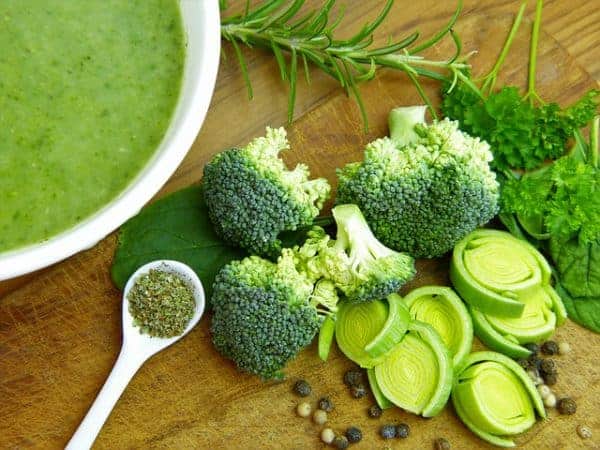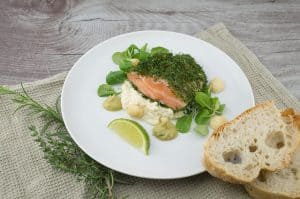Information for carers on how to provide your client or relative with essential winter nutrition, and ideas and tips for healthy winter foods.
Eating healthy foods in winter can be challenging as an older person, which is a problem because the body can less easily absorb vitamins and minerals.
Add to that the potential for lack of movement and exercise, and the tendency to want calorie heavy comfort foods, and a healthy diet can fall by the wayside.
So here are some great nutritional healthy winter foods to try and include in the day-to-day meals you provide for your client:
- Leafy greens like kale, broccoli, cabbage
- Yellow and orange vegetables like carrots and peppers
- Citrus fruits like oranges, grapefruits and limes
- Healthy protein like fish, white meat, nuts and seeds
- Vitamin fortified foods like cereal and yogurts
The elderly are often low in B12, magnesium and calcium so trying to include foods rich in those vitamins and minerals is important. It may be that your client could benefit from blood tests to see which vitamins are lacking, so you can tailor their meal plan to their needs.
Portion Control Matters
Portion control is a big factor in winter nutrition for the elderly, and as a carer you may find that you not only need to ensure the food being consumed is nutritious, but that it is the correct size portion as well. The key is to include plenty of the low calorie, vitamin-rich, healthy winter foods like proteins, fruit and vegetables, and then minimal fats and starchy carbohydrates. You need to also allow for healthy snacks in between meals to maintain energy.
Soups and stews are excellent meals in winter for the elderly because they have many benefits including:
- They are hot, and help towards keeping your client warm
- You can pack in lots and lots of nutrients
- They are easy to prepare
- The cost of the ingredients is low
- Soups and stews are very filling whilst also being low in calories, so your client will feel they have had a satisfying meal
- You can pair with nutritious wholemeal bread or crackers
- You can top with additional seeds or drizzle with olive oil or low fat cream for additional proteins or fats if needed
- You can make a huge batch and freeze portions for your client to consume when you are not there
You can find some really great soup recipes on the Good Housekeeping website.
Elderly Nutrition: An Important Focus Of Care
A recent report showed that 1.3 million people aged over 65 in the UK are either malnourished, or at risk of becoming malnourished. Nearly 95% of those people live within the community. The same report showed that a third of the elderly who are admitted to hospital are at risk of malnourishment. Major risk factors are illness, disease, lack of appetite, social difficulties, mobility issues and lack of care services.
As a live-in carer you are in a perfect position to provide excellent nutrition for your client.
Did you know, if you have a live-in care job you can be involved with the delivery of a complete care plan? If you would like to ensure your client not only gets proper nutritional meals but has the best one-to-one care available live-in care could be the career for you. You can find more information here.



